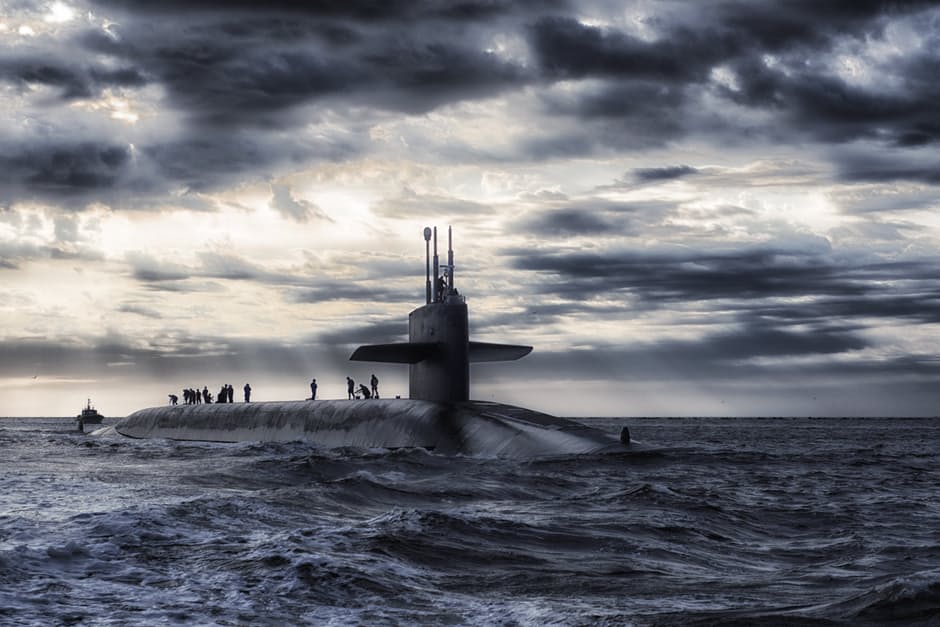Think about what a boat goes through on the open seas and you’ll understand why marine paint has to be far more durable than ordinary household paint. Subjected to almost constant wet conditions, corrosive salt water and high winds, a boat’s paint needs to be strong, durable and long lasting in order to offer protection.
There are different types of marine paint available and each service a different area of the boat. The underside of a boat, or the deck head as it is often known, requires the toughest of paints. Antifouling marine paint is often used on this area as it resist barnacle growth and helps to prevent corrosion to any metal parts. Antifouling paint is often applied to the entire hull to provide excellent protection from the elements.
Deck paint is, as its name suggests, used for the deck of a boat. The name of the game with this type of paint is slip resistance. A wet surface frequently walked upon by passengers is a health and safety nightmare. Slip resistant paint can help to lessen the risk and improve the safety of all aboard. Deck paint also needs to protect the wooden deck against rot and damage from the tough elements experienced at sea. Most deck paints are oil-based, latex acrylic or linear polyurethane; all of which help improve a deck’s grip.
Repainting should be a standard part of your boat maintenance programme. No matter how strong your paint is, it will need a new coat fairly often especially on the hull and deck head because of the rough elements it is subjected to. Decks will need repainting more infrequently but you’ll still need to repaint them at fairly regular intervals to ensure a stable grip is maintained.
Aside from protecting your boat, marine paint also improves its appearance. Instantly renew its look by removing chipped and scratched paintwork with fresh boat paint. A choice of colours is available; if you fancy a change of boat image why not choose a completely different shade to give your ship a new lease of life?

